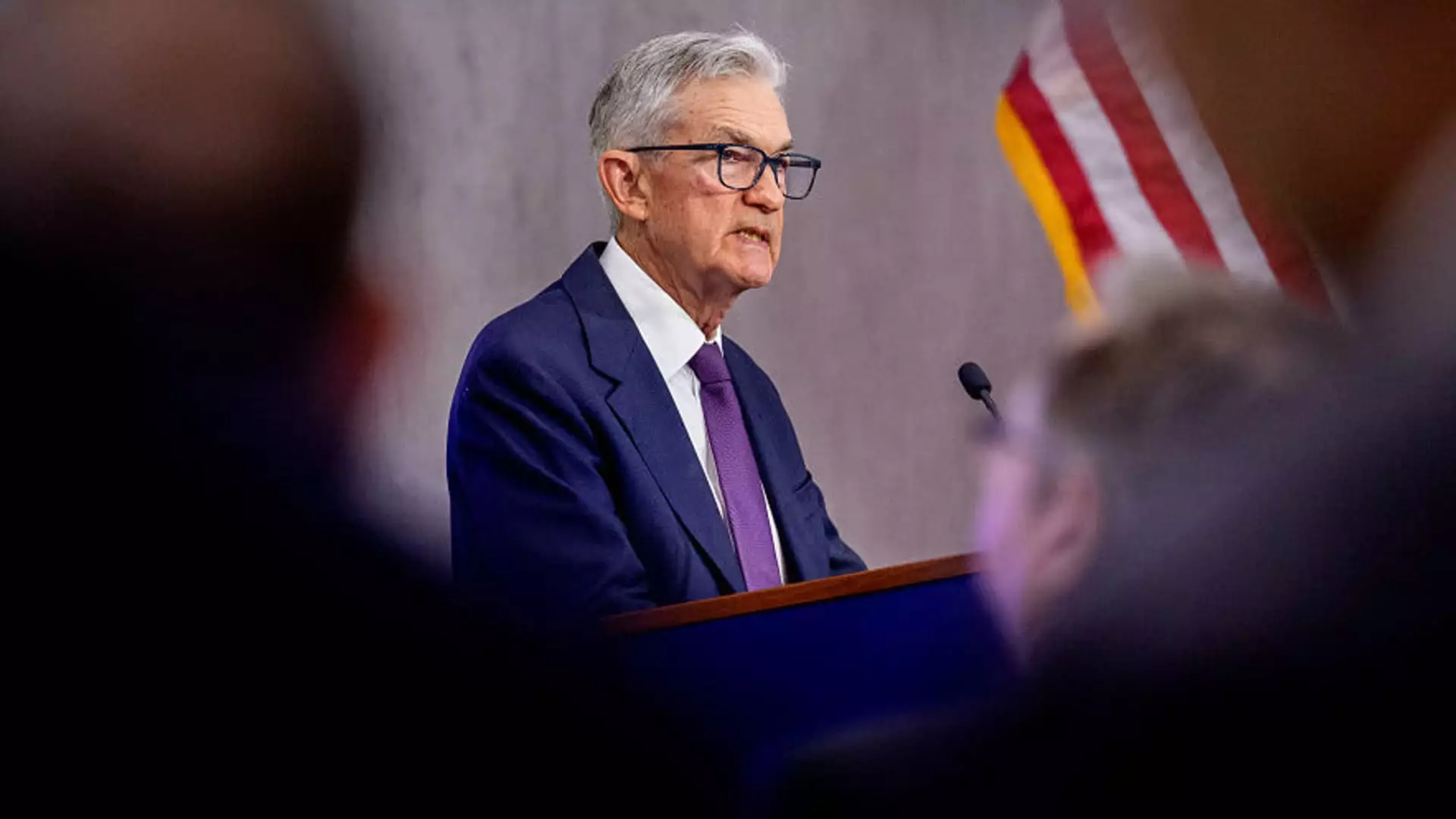In a glaring outburst characteristic of his presidency, Donald Trump has once again found himself in the throes of economic anxiety, directing his ire toward Federal Reserve Chairman Jerome Powell. His fervent demands for interest rate cuts following dismal employment data underscore a troubling aspect of contemporary American leadership—leaders who perceive monetary policy as a tool for their political whims rather than a framework for economic stability. When Trump took to Truth Social to chastise Powell following a disheartening ADP report indicating a mere 37,000 job additions—far below the expected figures—it wasn’t solely about the numbers. It was an strident proclamation that economic optics must align with political agendas, a dangerous principle that could lead to disastrous consequences if left unchecked.
The Discrepancies in Economic Reporting
The ADP’s numbers have been scrutinized in the past for their inconsistency when compared to the Bureau of Labor Statistics (BLS) reports, a nuance that Trump seems to gloss over in his hurried push for policy changes. The reality of economic reporting is complex; it requires careful interpretation that transcends mere political competitive advantage. The differing methodologies between these two reports provide a fuller picture of the labor market, yielding results that often diverge. To prioritize one over the other for the sake of frustration and short-term political gains diminishes the integrity of economic analysis and policymaking. Critics might argue that Trump’s frantic impetus overlooks the meticulous work of economists striving to provide a nuanced understanding of the job market, something far too important for the simplistic demands of political posturing.
An Economy Under Duress
Trump’s claims that the Federal Reserve is leading the United States toward an economic disadvantage by maintaining interest rates emphasizes a critical misunderstanding of economic frameworks. His argument, which asserts that the U.S. is trailing behind nations like China as a result of static rates, simplifies a much larger conversation about global economic dynamics and inflationary pressures. The President appears to conflate national standing with short-term monetary adjustments, potentially jeopardizing long-term economic health in favor of swell in popularity or political capital. The consensual manipulation of interest rates, while potentially stimulating for a moment, can spiral into greater challenges such as inflation or financial instability—a heavy burden for a country already grappling with the remnants of a pandemic-stricken economy.
The Threat of Political Intervention
The spectacle of Trump meeting with Powell exemplifies a distressing intermingling of politics and economics. The confrontation reported from their closed-door discussions serves as a stark reminder that economic leaders must operate with independence from political pressures. For Powell to adhere to objective economic data while facing a barrage of threats and public ridicule from the President is commendable but troubling. The potential for Trump to dismiss Powell from his post illustrates a fraught relationship with the fundamental tenets of democracy, where economic policy should remain insulated from the whims of political theatre. An independent Federal Reserve is essential for maintaining economic stability, making the President’s rhetoric on dismissing Powell alarming to those concerned with sound economic policy.
A Global Landscape of Economic Uncertainty
As the European Central Bank moves forward with rate cuts—seen as a tactic to combat sluggish growth amid easing inflation—the juxtaposition of Europe’s strategy against Trump’s admonishments of Powell raises a significant question about leadership style. Europe’s proactive approach to easing rates reflects a nuanced understanding of their economic landscape, demonstrating an emphasis on adjustment based on comprehensive economic data. In contrast, Trump’s insistence on political expediency may undermine the necessary cautiousness that monetary policy demands. It is indicative of a broader ideological rift emerging within the American political climate, where immediate political expediency often trumps the long-held principles of economic prudence and fiscal responsibility.
Trump’s relentless dissatisfaction reveals a fissured approach to leadership that centers more on immediate perception than the foundational principles that ought to guide economic policymaking. His approach serves as a rallying cry not just for change but for caution—an urgent plea to prioritize data and prudence over political frustration, lest we navigate further into the murky waters of economic instability.

